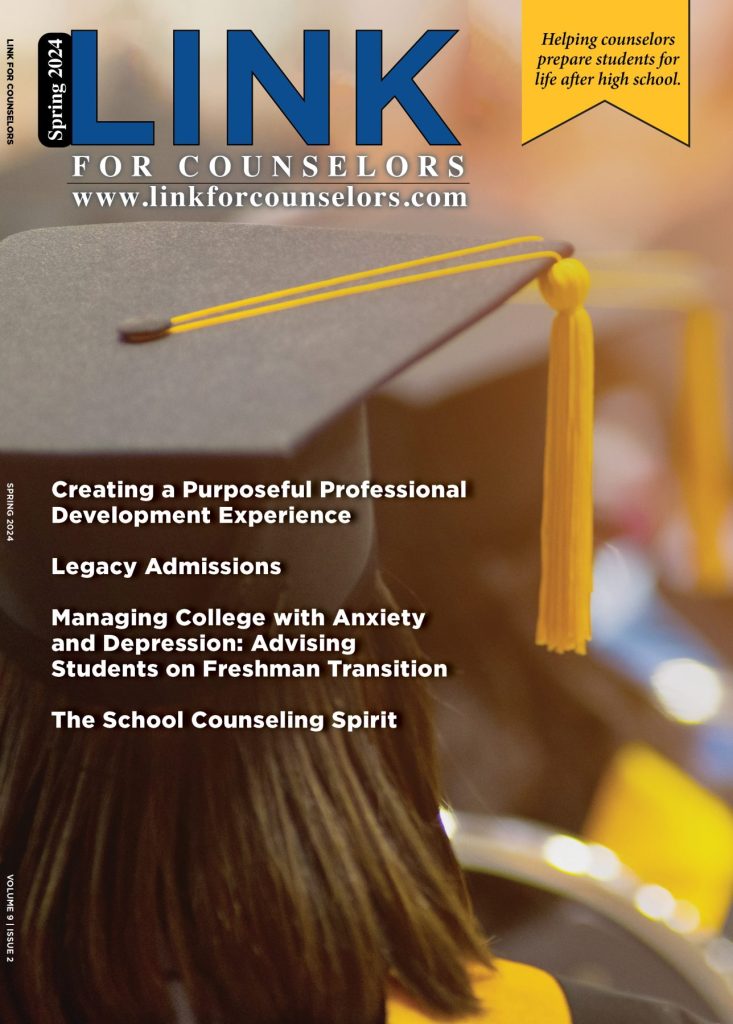College costs are rising, what can your students family do to pay for it?
A recent report “How America Pays for College” was recently conducted by Sallie Mae and Ipsos. They conducted a telephone survey of 800 parents and 800 undergraduate students ages 18-24. An article in USA Today had some tips that can be used to help families tackle these costs.
- How much will college cost? :
On average, it costs $23,757 for one year of college in the 2016-17 school year, according to the How America Pays for College figures.
Where did families get the money? The largest chunk — $8,390 — came from scholarships and grants.
Then, parents contributed $5,527 from their own savings and income. Students ponied up $2,569 from their savings and income.
As for borrowing? On average, parents borrowed $1,819 for the school year and students borrowed $4,551. The rest of the money — $901 — came from friends and relatives.
- Where can you cut back on costs?:
It might not sound exciting to be able to save $50 or $75 on a college application fee. But if you’re applying to several schools, those fees can add up. So watch for opportunities to apply with no fee.
The Cappex Application, which was launched Aug. 1, streamlines some of the process and saves students money by eliminating application fees at a variety of schools. All colleges that accept the Cappex Application have agreed to waive application fees.
It can pay to do some early legwork in the applications process, too.
The Coalition for Access, Affordability and Success has an application platform that can streamline the process. Fees would apply but be waived for low-income students.
The Coalition website also gives helpful tips on writing the key college essay when applying. See www.coalitionforcollegeaccess.org.
3. Spend serious time researching scholarships:
Experts suggest getting a clear handle on scholarships, including deadlines and requirements. Some sites for information about scholarships include the College Board at www.collegeboard.org and FastWeb at www.FastWeb.org.
Too often, some students do not know what’s available or follow through with filling out the forms and writing the necessary essays. But even smaller scholarships in the $500 to $1,000 range can help cover costs.
4. Remember the FAFSA:
The first step to finding out what kind of financial aid is available is to fill out the FAFSA form.
The filing season for the Free Application for Federal Student Aid kicks off Oct. 1. High school seniors would file for FAFSA even before they’re admitted to a college or university. See www.fafsa.ed.gov.
Many times, students apply to five or more colleges and need to review financial aid packages. So by filing the FAFSA earlier, you should be able to get a better picture of what financial aid might be available at a given school.
5. Where can you get more college money?:
When it comes to college savings, many 529 plans offer low monthly savings programs and can be fairly easy to open. The Michigan Education Savings Program, for example, allows you to open an account for as little as $25. Savings, of course, can grow over time depending on the investment strategy.
About 13% of families surveyed for the How America Pays for College study said they used money in a 529 plan to pay for college in 2016-17. That’s down from 16% in the prior year’s survey and the lowest percentage in the past five years.
The average amount used by families from 529 plans was $10,031.
Many students and parents also look for ways to make more money — and cut spending — while a student is in college.
About 76% of students work to help pay for college, according to the How America Pays for College report. Half of students live at home and commute to campus. Parents and students also reduce their personal spending to cut costs.
Financial aid experts say students shouldn’t be afraid to work on campus while in school, as well. Many campus jobs require only 8 to 10 hours of work a week and may even help build a student’s résumé.
Here is the link to the original story which ran in USA Today – https://www.usatoday.com/story/money/columnist/tompor/2017/08/06/tompor-where-do-families-get-nearly-24-000-one-year-college/537730001/




